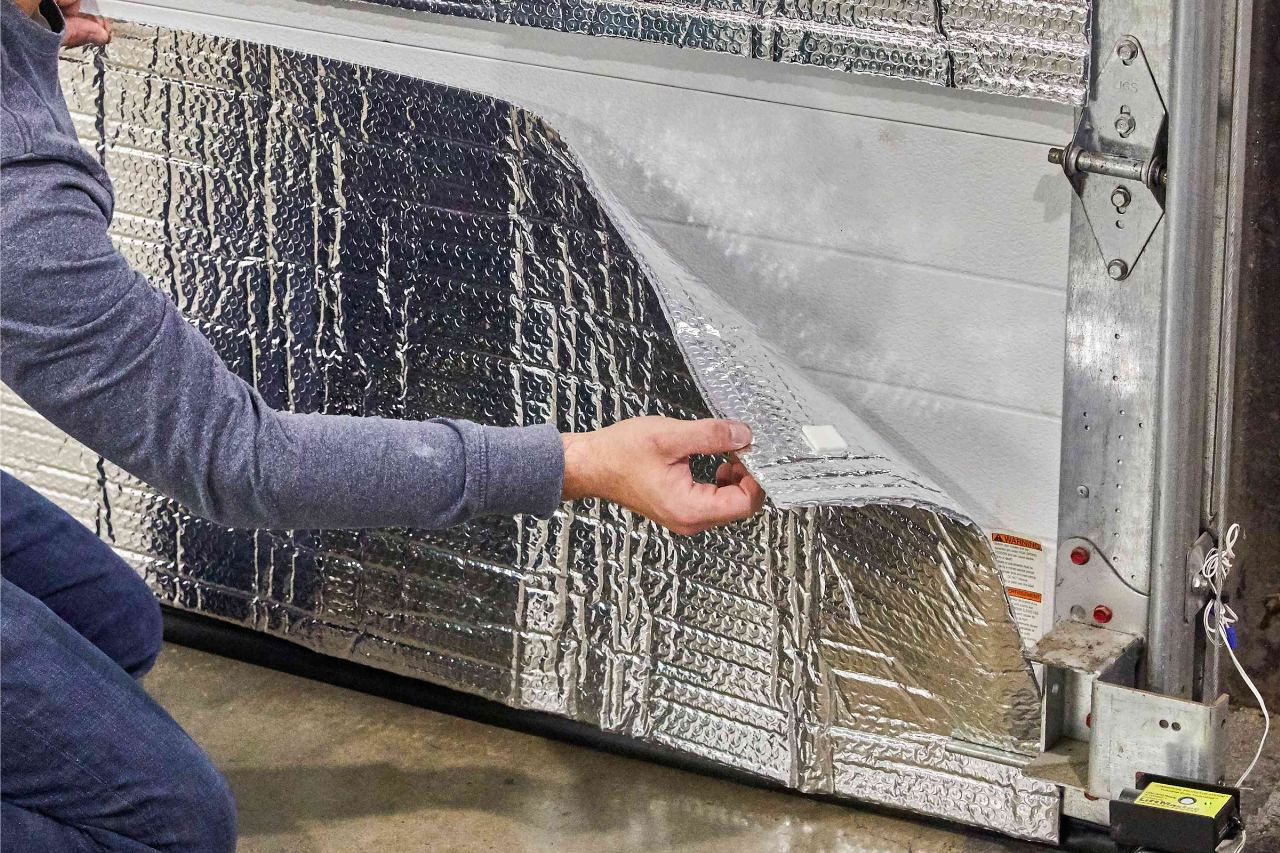

Articles
What Is Reflective Insulation Used For
Modified: January 23, 2024
Discover the versatile uses of reflective insulation in this informative article. Learn how it enhances energy efficiency and saves costs.
(Many of the links in this article redirect to a specific reviewed product. Your purchase of these products through affiliate links helps to generate commission for Storables.com, at no extra cost. Learn more)
Introduction
Reflective insulation is a technology that is gaining popularity in the construction and insulation industry. It offers an effective way to regulate temperature, reduce energy consumption, and improve overall comfort in buildings. Whether you are constructing a new home or renovating your existing one, understanding the benefits and applications of reflective insulation is essential.
Reflective insulation, as the name suggests, is designed to reflect heat radiation. It is a type of insulation material that is made up of one or more layers of reflective material, such as aluminum foil, combined with a layer of insulation material. This combination allows the insulation to act as a barrier against heat transfer through radiation.
Unlike traditional insulation materials, which primarily reduce heat transfer through conduction and convection, reflective insulation focuses on minimizing the transfer of radiant heat. While traditional insulation absorbs and slows down heat transfer, reflective insulation reflects the radiant heat away from the building.
The concept of reflective insulation is simple yet highly effective. When heat enters a building through sunlight or other external sources, the reflective surface of the insulation bounces the heat back towards its source, significantly reducing the amount of heat that gets absorbed into the building’s structure. This helps keep the interior cooler during hot summer months and prevents heat loss during colder seasons.
The applications of reflective insulation are vast and diverse. It is commonly used in residential, commercial, and industrial buildings to enhance energy efficiency and thermal comfort. Reflective insulation can be installed in various areas, including roofs, walls, floors, and attics.
In the next sections, we will delve deeper into how reflective insulation works, its applications, benefits, installation process, maintenance requirements, cost considerations, and factors to consider when choosing the right reflective insulation for your needs.
Key Takeaways:
- Reflective insulation offers a cost-effective solution for regulating building temperatures, reducing energy consumption, and enhancing comfort by reflecting radiant heat away from structures.
- When considering reflective insulation, it’s important to understand its versatile applications, long-term cost savings, and the need to complement traditional insulation for optimal thermal performance.
Read also: 9 Amazing Reflective Insulation For 2024
Definition of Reflective Insulation
Reflective insulation is a type of insulation that utilizes reflective materials, such as aluminum foil, to reduce radiant heat transfer. It is designed to create a barrier that reflects heat radiation, rather than absorb it like traditional insulation materials. This helps to regulate the temperature inside a building and improve energy efficiency.
Reflective insulation typically consists of multiple layers. The outermost layer is made of a highly reflective material, such as aluminum foil, that reflects radiant heat. The inner layers are usually composed of insulation materials, such as foam or fiberglass, that provide additional thermal resistance.
Unlike other types of insulation, which rely on slowing down heat transfer through conduction or convection, reflective insulation primarily focuses on minimizing the transfer of heat through radiation. By reflecting the heat away from the building, the interior can remain cooler in hot weather and retain heat during colder periods.
It is important to note that reflective insulation is not intended to replace other forms of insulation but rather complement them. Combining reflective insulation with traditional insulation materials can provide a comprehensive and effective solution for thermal insulation.
Reflective insulation is available in various forms, including rolls, panels, and sheets. It can be installed in a range of applications, such as roofs, walls, attics, crawl spaces, and floor joists. The choice of reflective insulation will depend on factors such as the desired R-value, the specific application, and the climate conditions in which the building is located.
Overall, reflective insulation offers numerous benefits, including energy cost savings, improved comfort, and reduced environmental impact. Its unique design and functionality make it a valuable addition to any construction or insulation project.
How Reflective Insulation Works
Reflective insulation works by inhibiting the transfer of radiant heat, which is the heat that travels in the form of electromagnetic waves. Unlike traditional insulation materials that primarily reduce heat transfer through conduction and convection, reflective insulation focuses on minimizing the transfer of radiant heat.
The key principle behind reflective insulation is the use of a highly reflective surface, such as aluminum foil, to reflect radiant heat away from a building. This reflective surface is typically combined with an insulation material, such as foam or fiberglass, to provide additional thermal resistance.
When radiant heat from the sun or other external sources hits the reflective surface of the insulation, it is reflected back towards its source rather than being absorbed into the building. This helps to prevent heat gain during hot weather and heat loss during colder periods.
Reflective insulation utilizes the concept of a radiant barrier, which is a material that reflects radiant heat. The radiant barrier effectively blocks up to 97% of radiant heat transfer. This is accomplished through the reflective surface’s ability to bounce back the heat radiation rather than allowing it to pass through the insulation.
In addition to reflecting heat, reflective insulation can also provide some level of insulation properties by incorporating layers of traditional insulation materials. These layers work to slow down the transfer of heat through conduction and convection, further enhancing the overall thermal performance of the insulation.
It is worth noting that the effectiveness of reflective insulation depends on factors such as the quality of the reflective surface, the angle of the radiant heat source, and the amount of insulation material used. Proper installation is crucial to ensuring maximum performance and minimizing any gaps or areas where heat transfer can occur.
Reflective insulation is commonly used in areas such as roofs, walls, floors, and attics. By employing this insulation in these areas, it helps to reduce the heat gain or loss through radiation, creating a more comfortable and energy-efficient indoor environment.
Overall, the ingenious design of reflective insulation allows it to effectively regulate temperature, improve energy efficiency, and enhance thermal comfort in buildings.
Applications of Reflective Insulation
Reflective insulation finds a wide range of applications in residential, commercial, and industrial buildings. Its versatility and effectiveness make it a popular choice for improving energy efficiency and thermal comfort in various areas of a structure. Here are some common applications of reflective insulation:
- Roofs: Reflective insulation is commonly installed under the roof to reduce heat gain during hot weather. It reflects the sun’s radiant heat away from the roof, helping to keep the interior cooler and reducing the load on air conditioning systems.
- Walls: Insulating walls with reflective insulation can help prevent heat transfer through radiation. It improves energy efficiency by reducing heat gain in summer and heat loss in winter, maintaining a more comfortable indoor temperature.
- Attics: Reflective insulation installed in attics helps to control the temperature and prevent heat transfer from the roof into the living space below. This helps to reduce the load on HVAC systems, resulting in energy savings.
- Floors and Crawl Spaces: Reflective insulation can be used to insulate floors and crawl spaces, preventing heat transfer between different levels of a building. It helps to maintain consistent temperatures and improves energy efficiency.
- Garages and Workshops: Reflective insulation is also widely used in garages and workshops to regulate temperature and reduce heat transfer. It creates a more comfortable environment for working or parking vehicles, especially in regions with extreme temperatures.
- Pipe Insulation: Reflective insulation can be applied to insulate pipes, preventing heat loss or gain in plumbing systems. This helps to maintain the desired water temperature and conserve energy.
- Industrial Applications: Reflective insulation is utilized in industrial settings to control heat transfer in manufacturing processes, storage facilities, and HVAC systems. It helps to optimize energy consumption and improve overall operational efficiency.
These are just a few examples of the many applications of reflective insulation. The versatility and effectiveness of this insulation type make it suitable for a wide range of construction and insulation projects, offering improved energy efficiency, thermal comfort, and cost savings.
Benefits of Using Reflective Insulation
Using reflective insulation offers a range of benefits, making it a popular choice for homeowners, contractors, and building owners. From energy savings to improved comfort, here are some key advantages of using reflective insulation:
- Energy Efficiency: Reflective insulation helps to reduce heat transfer through radiation, which can account for a significant portion of a building’s energy loss. By reflecting radiant heat away from the building, it helps to maintain a more consistent indoor temperature, reducing the need for heating and cooling systems and resulting in lower energy consumption.
- Cost Savings: With reduced energy consumption, using reflective insulation can lead to cost savings on utility bills. By minimizing heat gain in the summer and heat loss in the winter, reflective insulation helps to optimize the performance of heating and cooling systems, reducing the need for excessive usage.
- Improved Comfort: Reflective insulation helps to create a more comfortable indoor environment by regulating temperatures. It prevents hot spots in the summer and cold drafts in the winter, providing better thermal comfort and reducing the need for additional heating or cooling options.
- Moisture Control: Reflective insulation can act as a vapor barrier, helping to control moisture levels within a building. By preventing the passage of moisture-laden air and reducing condensation, it helps to protect against mold and mildew growth, ultimately contributing to better indoor air quality.
- Quick and Easy Installation: Reflective insulation is relatively easy to install, especially compared to other forms of insulation. It often comes in roll or panel form, allowing for straightforward installation in various applications, including roofs, walls, attics, and floors.
- Durable and Long-Lasting: Reflective insulation is designed to be durable and long-lasting, with many products offering resistance to tearing, punctures, and UV degradation. This ensures that the insulation maintains its performance and provides continuous energy-saving benefits over an extended period.
- Environmentally Friendly: Reflective insulation can contribute to a greener and more sustainable building by reducing energy consumption and carbon emissions. By lowering the dependence on heating and cooling systems, it helps to conserve natural resources and lessen the environmental impact.
Overall, using reflective insulation provides numerous advantages, including energy efficiency, cost savings, improved comfort, moisture control, ease of installation, durability, and environmental friendliness. It is a valuable addition to any construction or insulation project, offering long-term benefits for both residential and commercial buildings.
Read more: How To Use Mirrors To Reflect Light
Installation Process of Reflective Insulation
The installation process of reflective insulation depends on the specific application and the area where it will be installed. However, the following steps provide a general guideline for the installation of reflective insulation:
- Prepare the Surface: Before installing reflective insulation, ensure that the surface is clean, dry, and free from any debris. Remove any existing insulation or materials that may hinder the installation process.
- Measure and Cut: Measure the area where the reflective insulation will be installed and cut the material to the appropriate size. Leave some extra material around the edges to ensure a proper and secure fit.
- Position the Insulation: Carefully position the reflective insulation onto the surface, ensuring that it covers the desired area completely. Smooth out any wrinkles or creases in the material to ensure proper performance.
- Secure the Insulation: Fix the reflective insulation in place using appropriate methods for the specific application. This can include adhesives, staples, or tape, depending on the surface and the instructions provided by the manufacturer.
- Seal the Edges: Seal the edges of the reflective insulation to create an airtight seal. This can be done using reflective tape or by folding and overlapping the edges of the material to prevent any gaps or air leakage.
- Install Additional Layers: In some cases, multiple layers of reflective insulation may be required for optimal performance. Install additional layers by repeating the above steps, ensuring that each layer overlaps the previous one to minimize heat transfer.
- Seal Joints and Seams: If multiple sheets or panels of reflective insulation are used, seal joints and seams to create a continuous barrier. This can be done using reflective tape or an adhesive recommended by the manufacturer.
- Follow Manufacturer’s Instructions: It is important to carefully read and follow the manufacturer’s instructions for installation, as different reflective insulation products may have specific requirements or recommendations.
It is worth noting that professional installation may be recommended for certain applications or complex installations. Consulting with a qualified contractor or insulation specialist can ensure proper installation and optimal performance of the reflective insulation.
Regular maintenance and periodic inspections are also important to ensure the reflective insulation remains in good condition and continues to provide the desired thermal insulation benefits.
By following these installation guidelines and considering the specific requirements of the project, reflective insulation can be effectively installed to enhance energy efficiency and thermal comfort in a variety of applications.
Reflective insulation is commonly used to control heat transfer in buildings, vehicles, and other applications. It can help to reduce energy costs by reflecting radiant heat and keeping spaces cooler in the summer and warmer in the winter.
Maintenance and Care of Reflective Insulation
Proper maintenance and care of reflective insulation can help ensure its long-term performance and effectiveness. While reflective insulation generally requires minimal maintenance, a few routine tasks can help maximize its benefits and prolong its lifespan. Here are some maintenance and care tips for reflective insulation:
- Inspect for Damage: Regularly inspect the reflective insulation for any signs of damage, such as tears, punctures, or wear. Repair or replace damaged areas promptly to maintain the insulation’s thermal performance.
- Check for Moisture Issues: Monitor the area where the insulation is installed for any signs of moisture accumulation or leaks. Address any moisture issues promptly to prevent damage to the insulation and maintain proper performance.
- Ensure Adequate Coverage: Check that the reflective insulation covers the intended area properly and that there are no gaps or areas where heat transfer can occur. Seal any gaps or overlaps to maintain a continuous thermal barrier.
- Keep Insulation Clean: Keep the surface of the reflective insulation clean from dust, dirt, or other debris. This can be done by gently dusting or wiping the surface with a soft cloth or a mild cleaning solution, following the manufacturer’s recommendations.
- Prevent Damage from UV Exposure: If the reflective insulation is installed in an area exposed to direct sunlight, consider using a protective coating or covering to prevent UV degradation and maintain the insulation’s performance over time.
- Ensure Proper Ventilation: Ensure that the reflective insulation does not obstruct proper ventilation in the building. Proper airflow is important to prevent condensation and maintain a healthy indoor environment.
- Monitor Insulation Performance: Periodically assess the thermal performance of the reflective insulation to ensure it is still providing the desired energy-saving benefits. Monitor energy usage and indoor temperature to spot any significant changes that may indicate a need for maintenance or further insulation improvements.
- Follow Manufacturer’s Recommendations: Always refer to the manufacturer’s instructions and recommendations for specific maintenance guidelines. Different types of reflective insulation may have different requirements, so it is important to follow the guidelines provided by the manufacturer.
By following these maintenance and care tips, you can help ensure that the reflective insulation continues to perform optimally and provide energy efficiency benefits for years to come.
It is also worth noting that professional inspection and maintenance may be recommended in certain cases or if any concerns arise regarding the performance of the reflective insulation.
Cost Considerations for Reflective Insulation
When considering the use of reflective insulation in a building or construction project, it is important to evaluate the cost implications. Reflective insulation offers several benefits, but it is essential to assess the upfront costs and potential long-term savings. Here are some cost considerations to keep in mind:
- Material Cost: The cost of reflective insulation materials can vary depending on factors such as the brand, quality, and quantity needed. Compare prices from different suppliers and consider the specific requirements of your project to determine the material cost.
- Installation Cost: Depending on the complexity of the installation process and the specific application, there may be additional labor costs for installing reflective insulation. If professional installation is required, factor in the cost of contracting a qualified installer.
- Energy Savings: One of the significant advantages of reflective insulation is its potential for energy savings. By reducing heat transfer and improving the building’s energy efficiency, reflective insulation can lead to long-term cost savings on heating and cooling expenses. Consider the potential energy savings over the projected lifespan of the insulation when evaluating the overall cost.
- Return on Investment (ROI): Calculate the potential return on investment to determine if the upfront cost of reflective insulation is justified. Evaluate the payback period by comparing the cost of the insulation with the expected energy savings. This can help assess the economic feasibility of using reflective insulation in your specific situation.
- Longevity and Durability: Reflective insulation is designed to be durable and long-lasting. Consider the lifespan of the insulation material you choose and factor in the potential reduction in replacement or maintenance costs over time. This can contribute to long-term cost savings.
- Building Requirements and Codes: Familiarize yourself with any building requirements and codes related to insulation in your area. Some regions have specific regulations or incentives for using certain types of insulation. Compliance with these requirements can impact the overall cost of the insulation project.
- Personal Considerations: Take into account your specific needs, budget constraints, and priorities when evaluating the cost of reflective insulation. Assess whether the benefits, such as improved comfort and energy efficiency, align with your goals and budgetary considerations.
It is essential to carefully consider these cost considerations and evaluate the overall value proposition of reflective insulation. While the upfront cost may be higher compared to traditional insulation materials, the potential long-term energy savings and improved comfort can make it a cost-effective choice in the long run.
Consulting with insulation professionals and conducting a cost-benefit analysis specific to your project can help inform your decision-making process and ensure that reflective insulation aligns with your budget and priorities.
Factors to Consider When Choosing Reflective Insulation
Choosing the right reflective insulation for your specific needs requires careful consideration of various factors. The following factors should be taken into account when selecting reflective insulation for your project:
- Application: Consider the specific area where the reflective insulation will be installed, such as roofs, walls, attics, or floors. Different applications may require different types or thicknesses of reflective insulation to ensure optimal performance.
- Climate: Assess the climate conditions in your region. Reflective insulation can be more effective in hot climates where it helps to reflect radiant heat, while in colder climates, it can also provide some insulation benefits. Understanding the climate will help determine the appropriate R-value and insulation strategy.
- R-Value: R-value measures the thermal resistance of insulation. Determine the desired R-value for your project based on industry standards and local building codes. R-value requirements may vary depending on the application and climate zone.
- Reflective Surface Quality: Evaluate the quality and reflective properties of the surface material. The surface should have a high reflectance rating to effectively bounce back radiant heat and minimize heat transfer. High-quality reflective surfaces can provide better performance and durability over time.
- Product Warranty: Check the warranty offered by the manufacturer. A reliable warranty ensures that the reflective insulation will perform as intended and provides protection against any defects or issues that may arise. Review the warranty terms and conditions to understand what is covered and for how long.
- Installation Method: Consider the installation process and complexity. Reflective insulation is available in various forms, such as rolls, panels, or sheets, and may require different installation methods. Choose a product that aligns with the level of expertise available and the project requirements.
- Code Compliance: Ensure that the chosen reflective insulation meets local building codes and regulations. Different areas may have specific requirements for insulation materials, fire ratings, or energy efficiency standards. Compliance with these regulations is essential for a successful installation.
- Budget: Evaluate the cost of the reflective insulation, including materials and installation. Consider the long-term energy savings and potential return on investment. Balancing the upfront cost with the desired performance and benefits will help determine the best option within your budget.
- Expert Recommendations: Seek advice from insulation professionals or contractors who have experience with reflective insulation. They can provide guidance specific to your project requirements, taking into account factors such as building design, size, and usage.
Careful consideration of these factors will help you make an informed decision when choosing reflective insulation. Remember to prioritize the needs of your project and consult with industry professionals to ensure the best outcome in terms of energy efficiency, comfort, and long-term performance.
Read more: What Is Blanket Insulation Used For
Common Misconceptions about Reflective Insulation
Reflective insulation is a technology that has gained popularity in recent years for its ability to regulate temperature, improve energy efficiency, and enhance thermal comfort. However, there are some common misconceptions about reflective insulation that need to be addressed. Here are a few of them:
- Reflective Insulation Works Only in Hot Climates: One misconception is that reflective insulation is only beneficial in hot climates. While it is true that reflective insulation is particularly effective in reflecting radiant heat in hot weather, it can also provide insulation benefits in colder climates by reducing heat loss through radiation.
- Reflective Insulation Eliminates the Need for Other Insulation Materials: Reflective insulation is not intended to replace other forms of insulation, such as fiberglass or foam. Instead, it is best used in conjunction with traditional insulation materials to enhance overall thermal performance. Combining reflective insulation with other types of insulation offers a comprehensive solution that targets various modes of heat transfer.
- All Reflective Insulation Products Offer the Same Performance: Reflective insulation products can vary in terms of quality, durability, and thermal performance. Not all products are created equal, and it is important to consider the specifications, ratings, and performance data provided by manufacturers. Research and select reputable brands that provide reliable products backed by testing and certifications.
- Reflective Insulation Is Only for Attics and Roofs: While reflective insulation is commonly used in attics and roofs, it can be utilized in various areas of a building, including walls, floors, and crawl spaces. Its versatility allows for application in different construction types, providing energy-saving benefits throughout a structure.
- Reflective Insulation Traps Moisture: Reflective insulation, when correctly installed and sealed, can act as a vapor barrier and help control moisture. However, it is essential to ensure proper ventilation and prevent the formation of condensation, which can contribute to moisture-related issues. Regular maintenance and addressing any moisture concerns promptly can help mitigate potential problems.
- Reflective Insulation Is Expensive: While the upfront cost of reflective insulation may be higher compared to traditional insulation materials, it is important to consider the long-term savings and benefits. Reflective insulation can lead to reduced energy consumption, lower utility bills, and improved comfort, resulting in cost savings over time. It is advisable to conduct a cost-benefit analysis that takes into account the potential return on investment.
By debunking these misconceptions, it becomes clear that reflective insulation is a valuable addition to any project aiming to enhance energy efficiency and thermal comfort. Understanding the true capabilities and considerations of reflective insulation can help make informed decisions when implementing insulation strategies in buildings.
Conclusion
Reflective insulation is a technology that offers significant benefits in terms of energy efficiency, thermal comfort, and cost savings. By utilizing a reflective surface to minimize heat transfer through radiation, it provides an effective solution for regulating temperature in buildings.
Throughout this article, we have explored the definition of reflective insulation, how it works, its applications, benefits, installation process, maintenance requirements, cost considerations, factors to consider when choosing, and debunked common misconceptions. Reflective insulation can be used in various areas of a building, including roofs, walls, attics, and floors, to reduce heat gain in hot weather and heat loss in cold weather, resulting in improved energy efficiency and enhanced comfort.
It is important to consider factors such as climate, application, R-value, reflective surface quality, and installation method when selecting reflective insulation. It is also essential to evaluate the upfront costs against potential long-term energy savings and return on investment.
Reflective insulation is not meant to replace but rather complement other forms of insulation. To achieve optimal thermal performance, it is recommended to combine reflective insulation with traditional insulation materials.
By properly maintaining and caring for reflective insulation, including regular inspections, addressing damages promptly, and keeping the surface clean, its longevity and effectiveness can be preserved over time. Following manufacturer’s recommendations and ensuring code compliance are also important aspects of the installation and maintenance process.
In conclusion, reflective insulation is a valuable solution for improving energy efficiency, reducing utility costs, and enhancing thermal comfort in buildings. By understanding its benefits, applications, installation process, and proper maintenance, you can make informed decisions when incorporating reflective insulation into your construction or insulation project.
When considering the possibilities offered by reflective insulation, it is clear that this technology can contribute to creating more energy-efficient, comfortable, and sustainable buildings. With ongoing advancements and innovative solutions in the industry, reflective insulation continues to be an important tool in improving overall building performance and reducing environmental impact.
Frequently Asked Questions about What Is Reflective Insulation Used For
Was this page helpful?
At Storables.com, we guarantee accurate and reliable information. Our content, validated by Expert Board Contributors, is crafted following stringent Editorial Policies. We're committed to providing you with well-researched, expert-backed insights for all your informational needs.
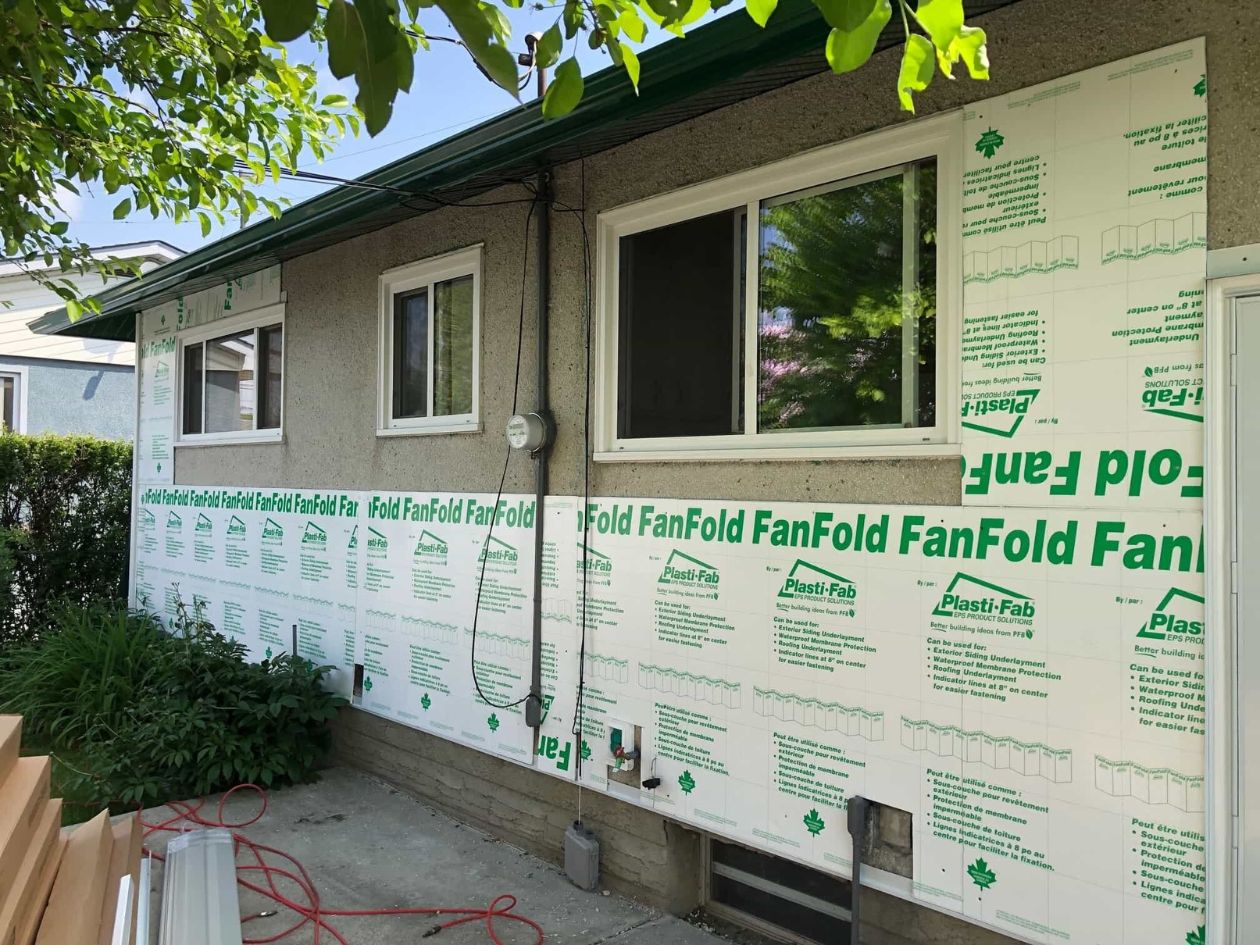
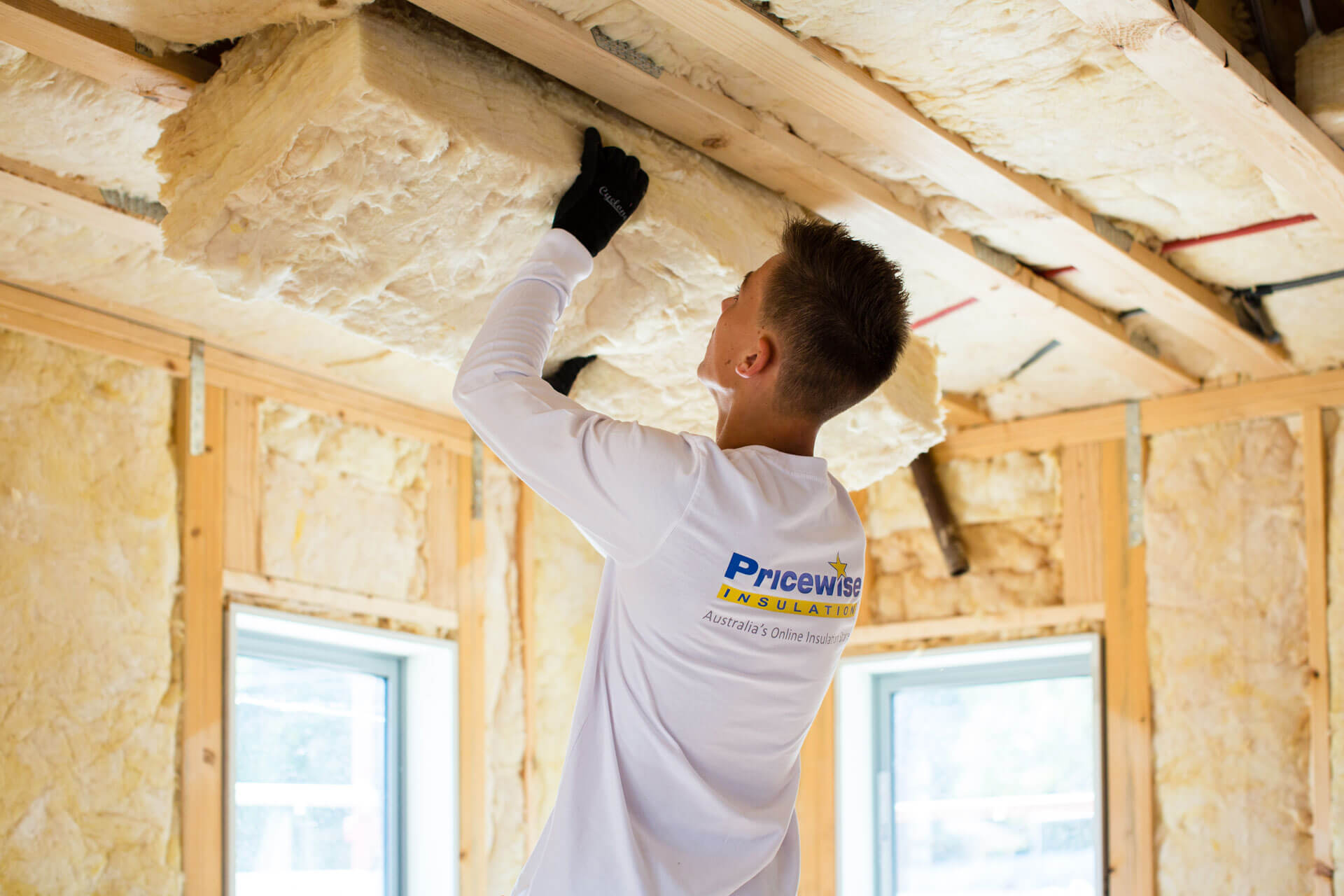
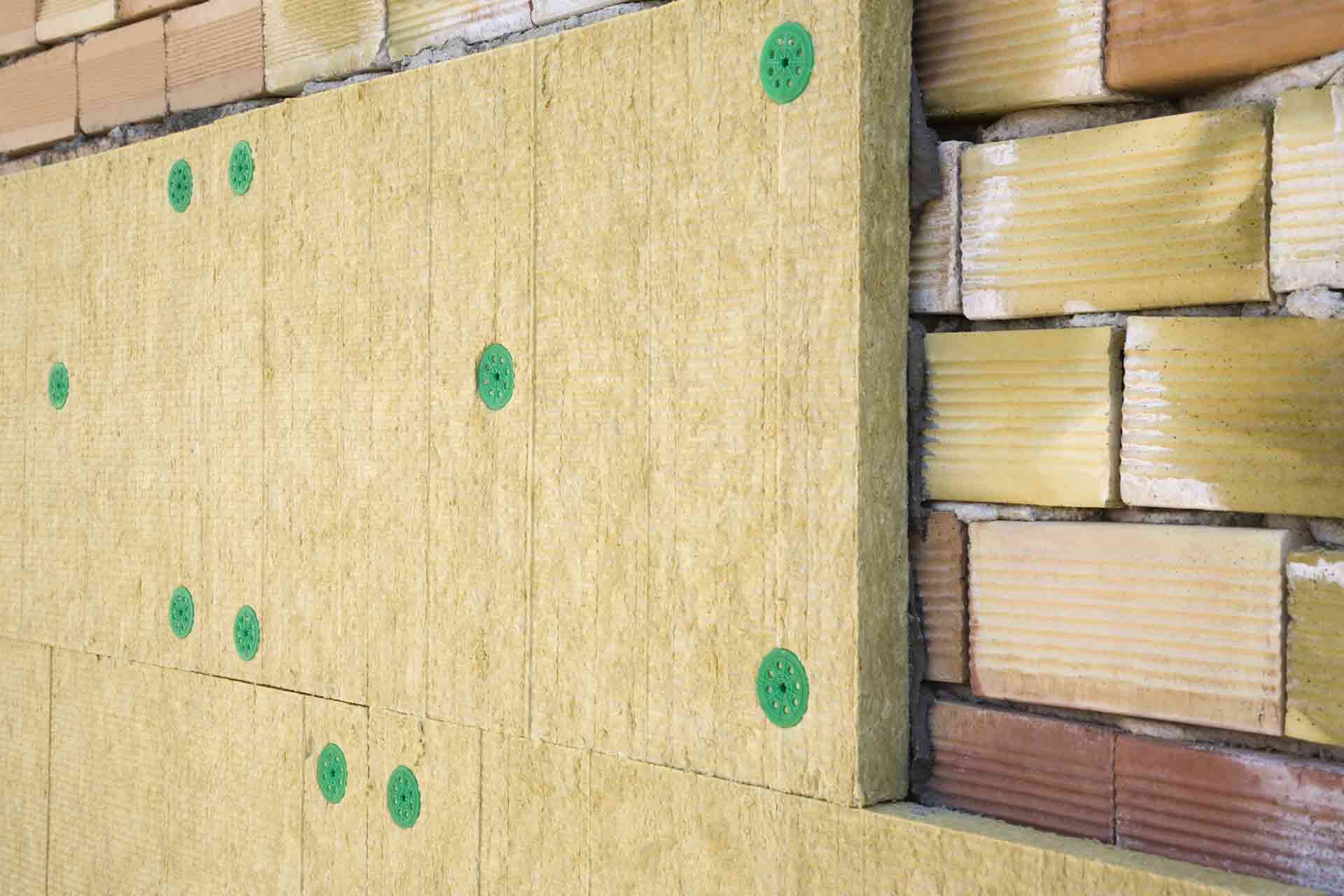
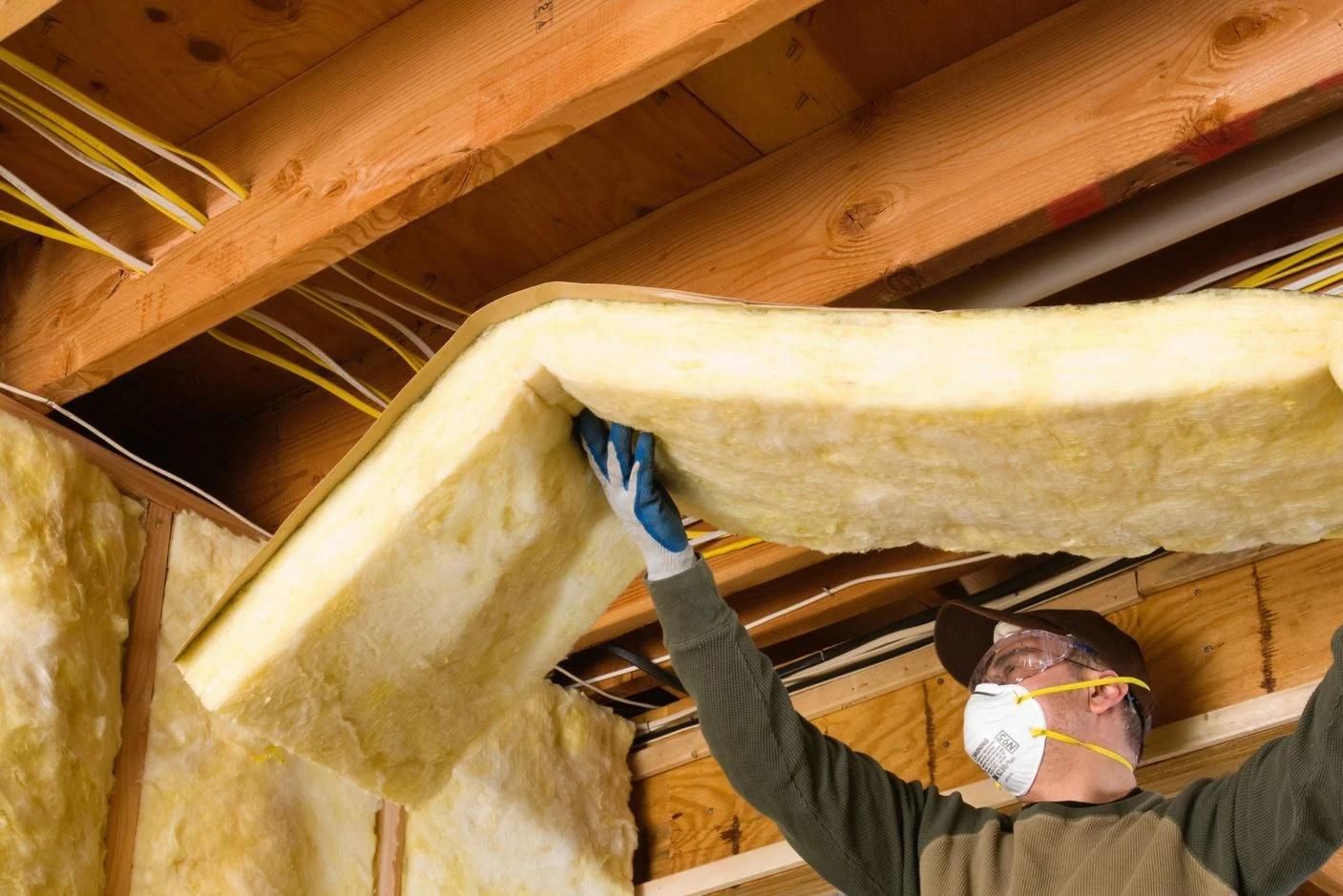
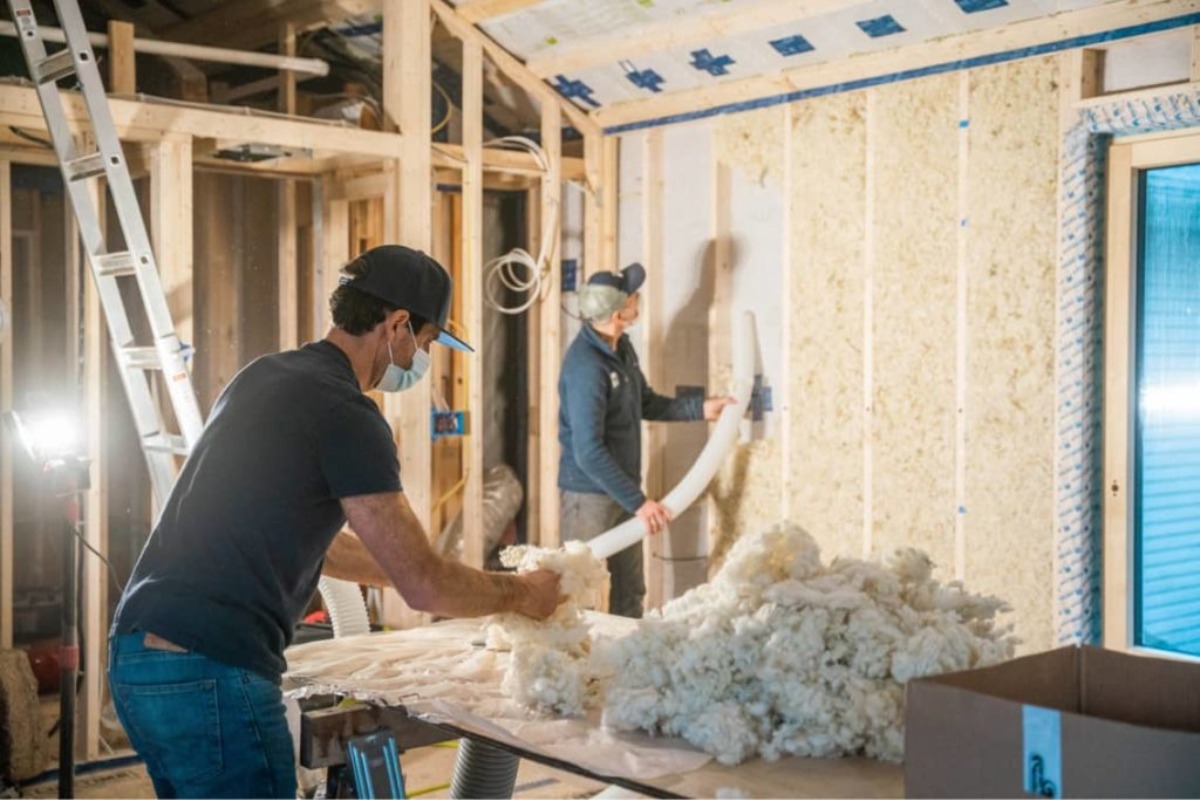
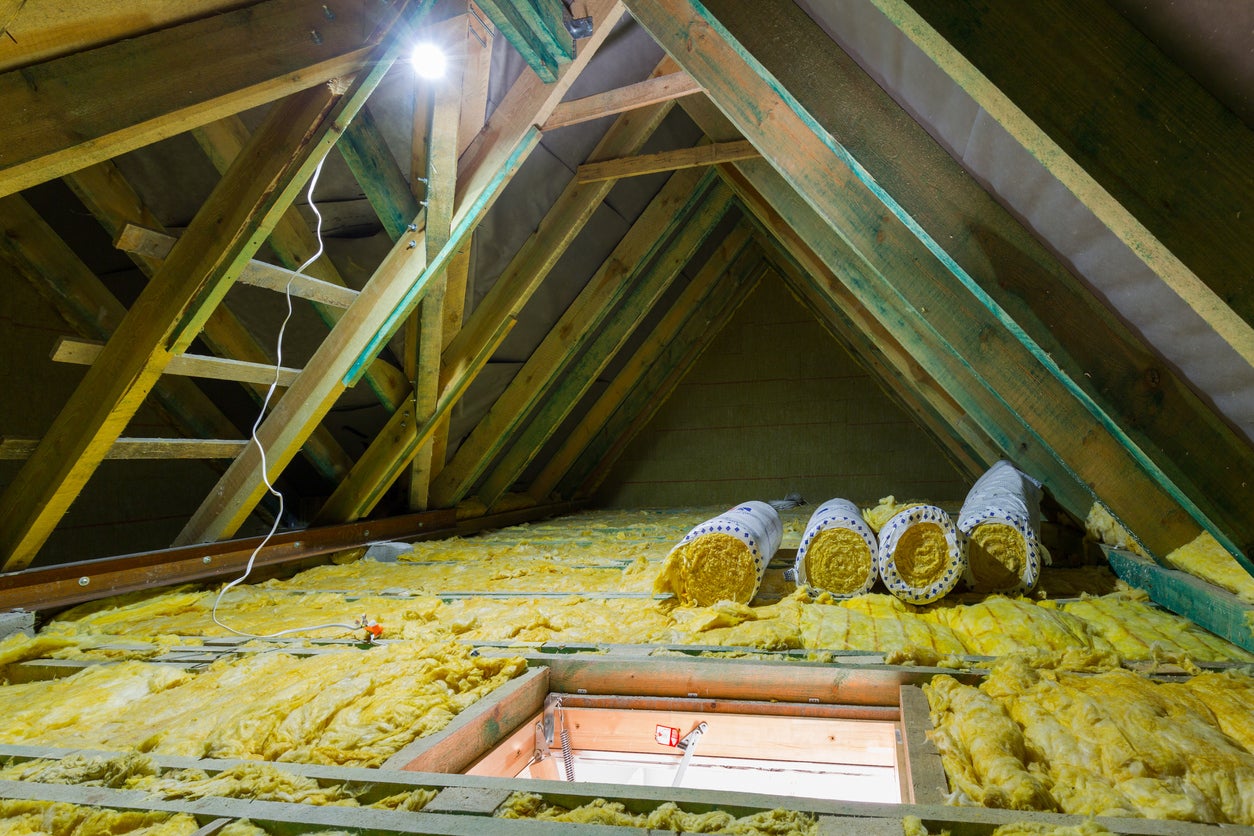
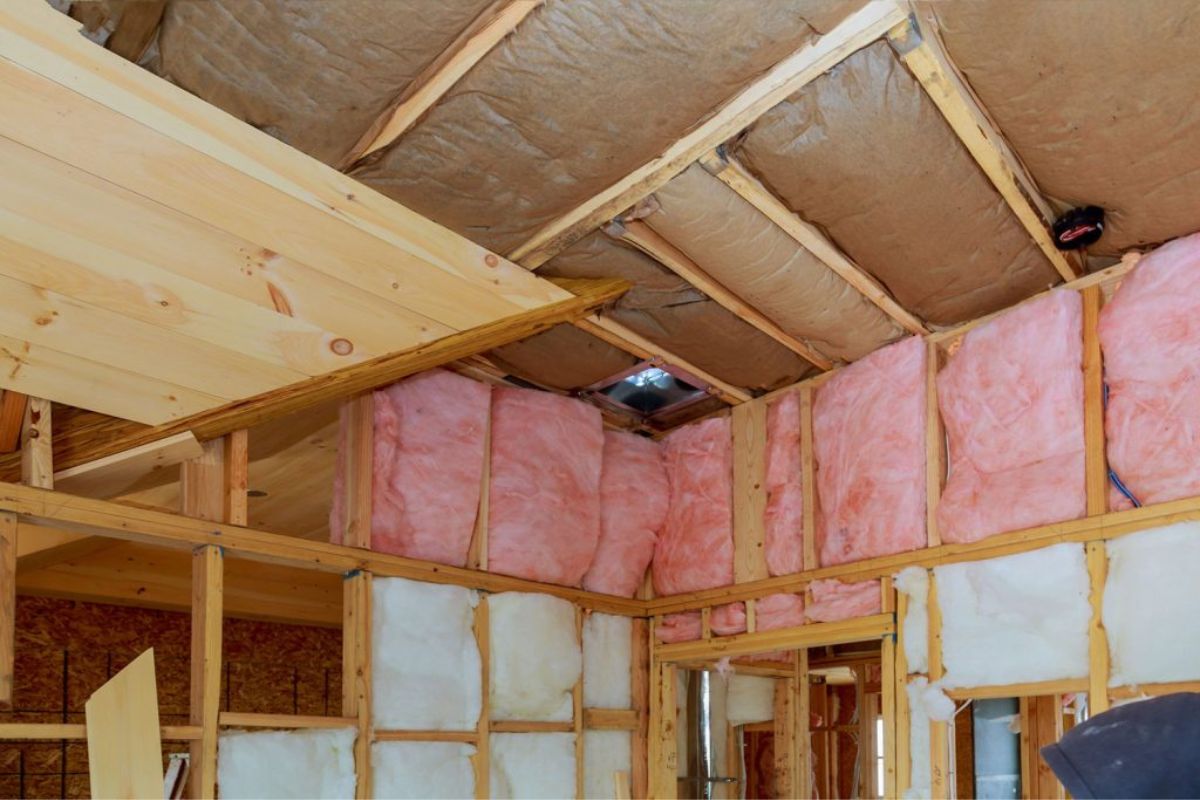
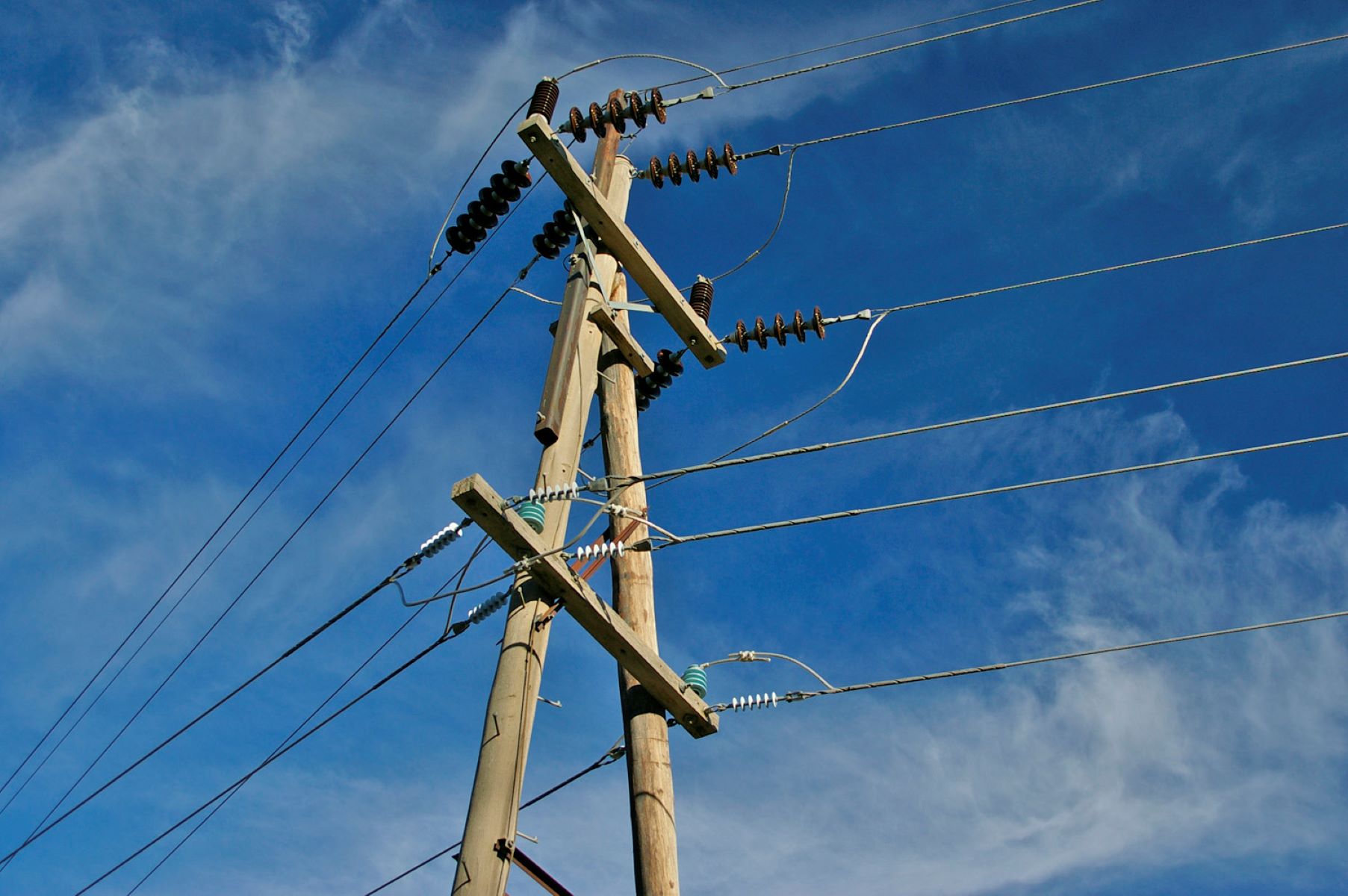
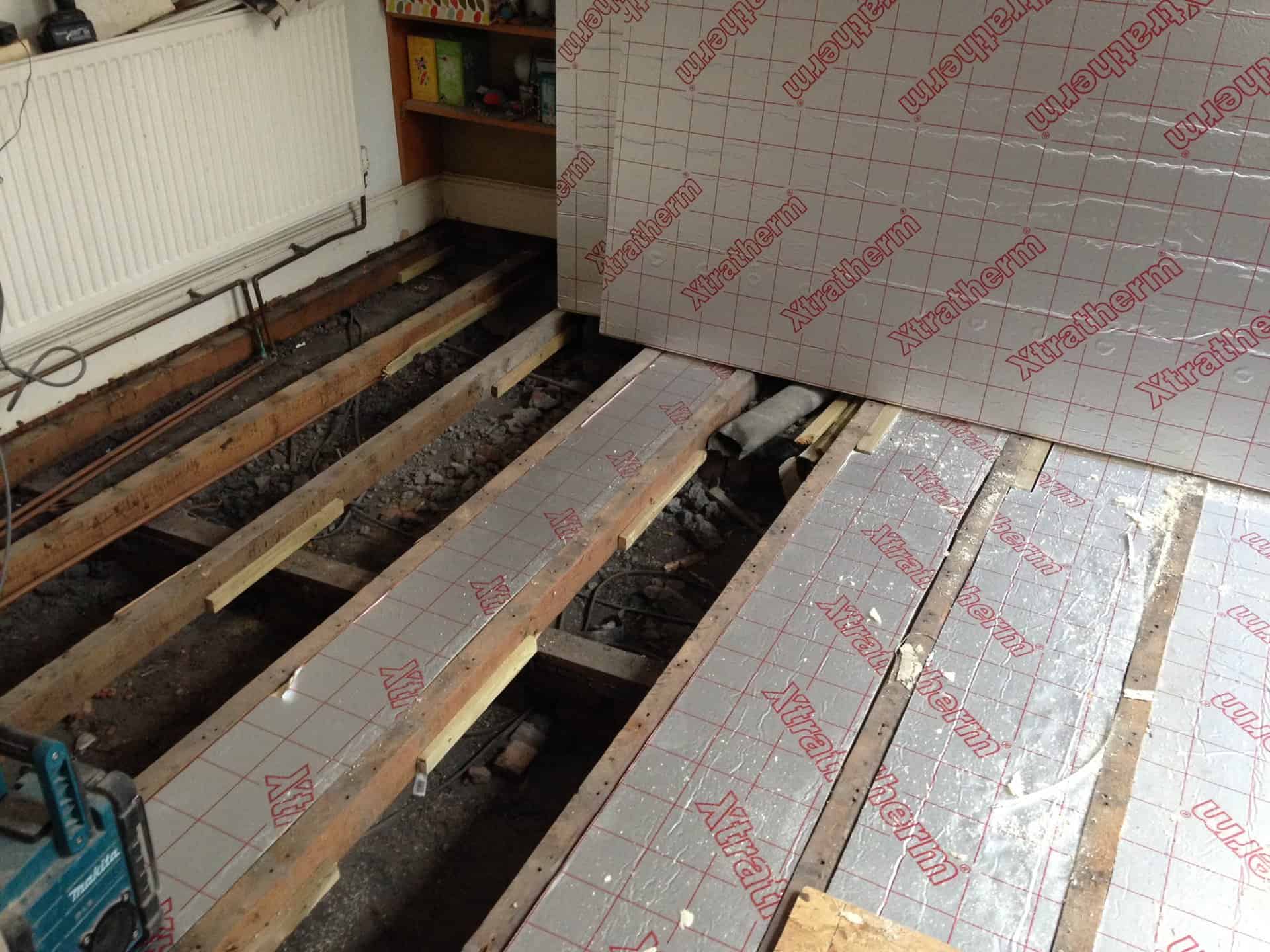
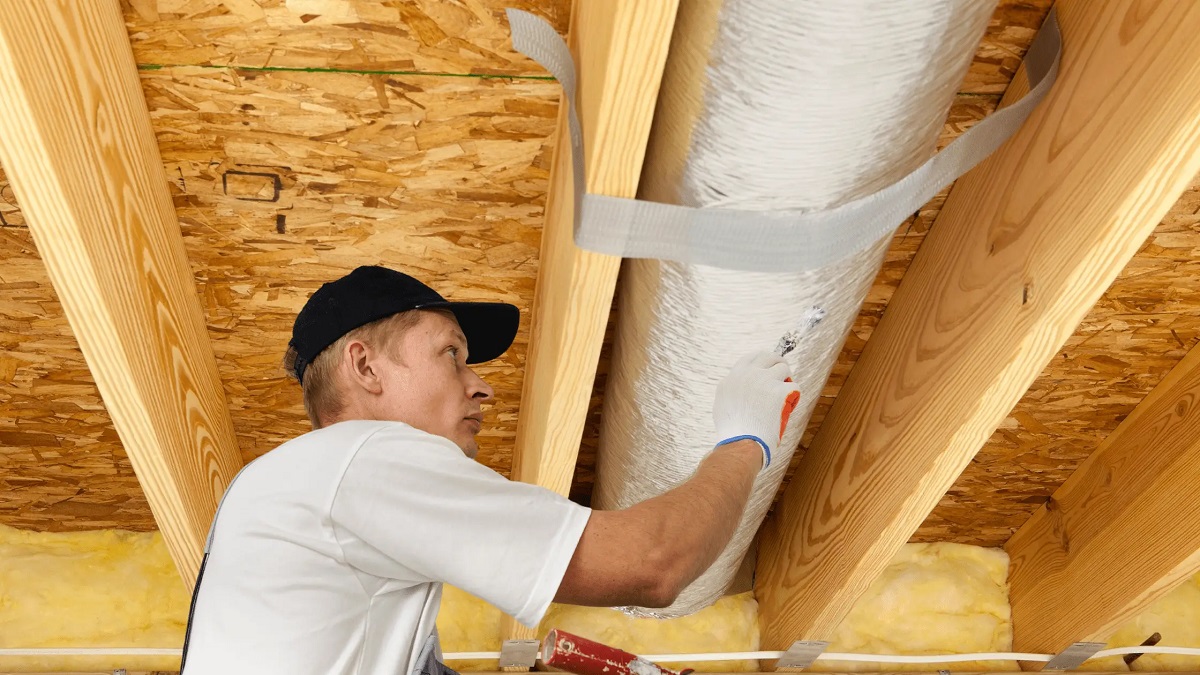
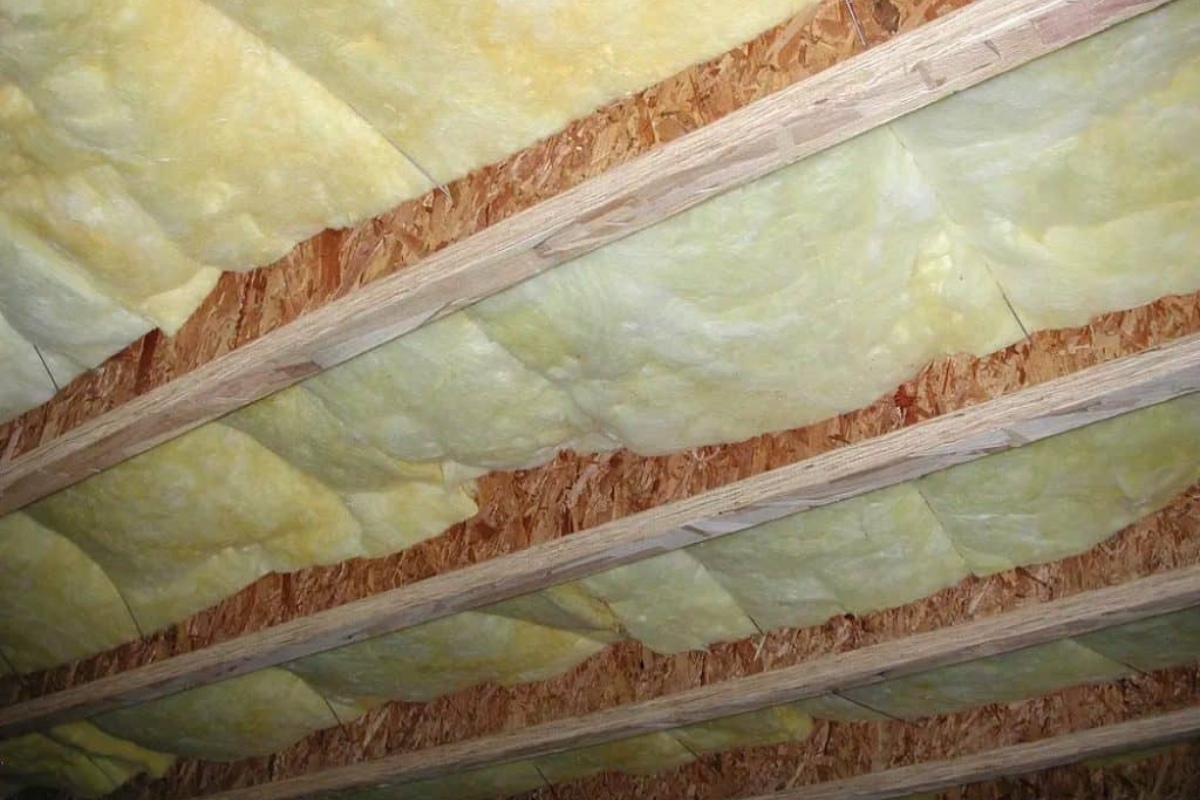

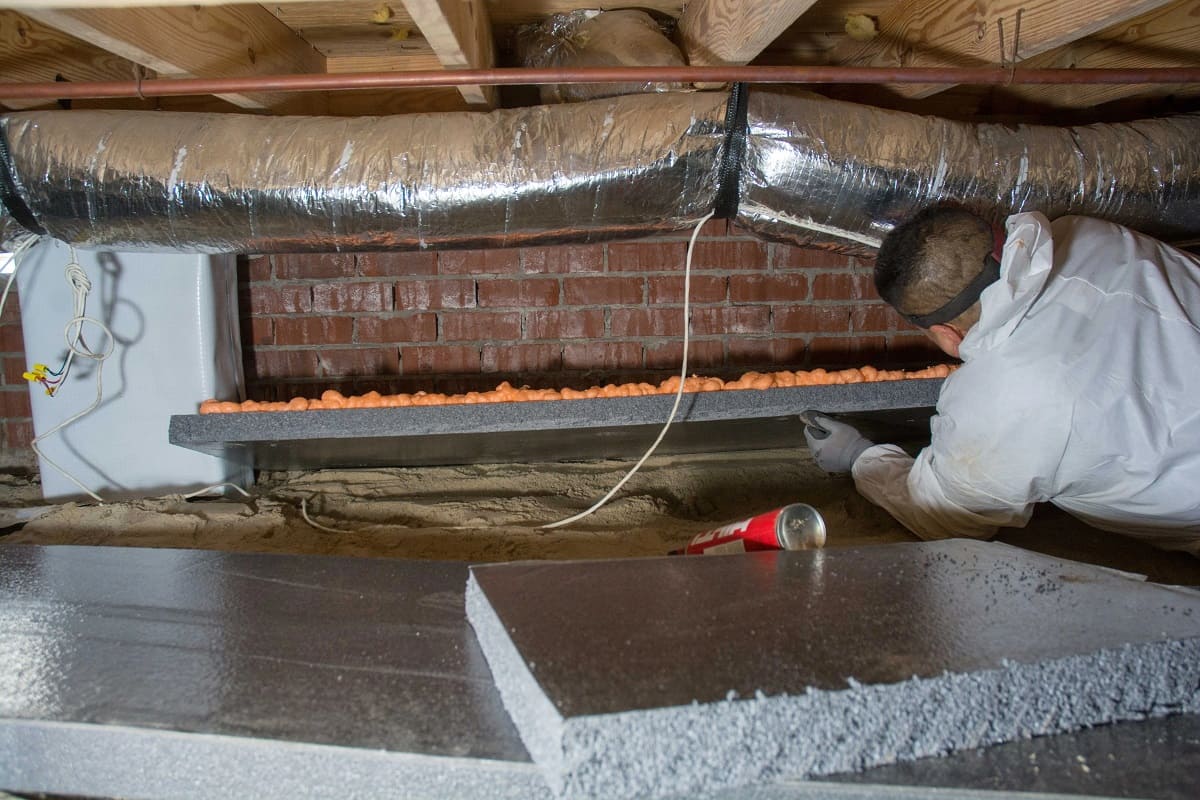

0 thoughts on “What Is Reflective Insulation Used For”